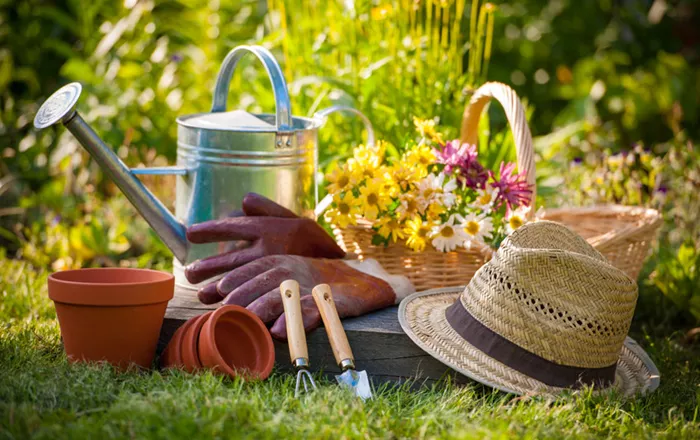Many gardeners take pride in cultivating vibrant outdoor spaces. However, few realize that adding certain flowers can not only enhance plant growth but also naturally ward off pests.
These flowers attract bees, which play a crucial role in biodiversity and ecosystem health. As they collect nectar and pollen, bees help fertilize plants, leading to stronger growth and improved yields.
Gardening expert Fiona Jenkins from MyJobQuote.co.uk has highlighted key flowers that support bee populations year-round, enhancing both garden aesthetics and environmental sustainability.
Foxglove: A Summer Bloom Favorite
Foxglove, a common UK plant, produces tall spikes of purple-pink flowers from summer to early autumn. Growing up to 2 meters tall, it thrives in woodland edges and heathlands. Once established, foxgloves self-seed, ensuring a continuous nectar supply for bees during early summer.
Lavender: A Fragrant Pollinator Magnet
Lavender, a Mediterranean native, is a staple in UK gardens due to its aromatic foliage and beautiful purple flowers. This plant is rich in pollen and nectar, which are essential for bee survival. Bees are naturally drawn to its color, scent, and abundant food source, making it an excellent pollinator plant.
Aster: A Late-Season Bloom for Pollinators
Asters provide a burst of color in gardens, especially in late summer and early autumn. Blooming until the first frost, asters serve as an essential nectar source when most plants have stopped flowering. Their presence ensures bees have food well into the cooler months.
Poppy: A Short-Lived but Vital Flower
Poppies, commonly found in the Northern Hemisphere, are widely cultivated for their vibrant petals. Although short-lived, annual poppies are easy to grow and provide an accessible pollen source for bees. Their structure ensures minimal fungal contamination, making them a healthy choice for pollinators.
Dahlia: A Striking Addition to Any Garden
Native to Mexico and Central America, dahlias boast intricate, honeycomb-like petals in various colors. Their distinctive blooms attract bees, providing a steady nectar source. These flowers are not only eye-catching but also play a crucial role in supporting pollinators.
Primrose: A Vital Springtime Nectar Source
Blooming from December through May, primroses add a splash of color to gardens in early spring. They are particularly attractive to worker bees and hairy-footed flower bees, offering a rich protein source when other flowers are scarce.
Hyacinth: Shelter and Sustenance for Bees
Hyacinths bloom in early to mid-spring, producing fragrant clusters of blue, pink, red, and white flowers. Their vibrant colors and scent attract bees, while their sturdy stems provide shelter from harsh weather.
Crocus: A Seasonal Pollinator Haven
Crocuses bloom in early spring or autumn, offering vital nectar to honey bees. Planted in clusters, they create visually stunning displays while serving as a shelter for nesting bees at night.
Beyond Flowers: Creating a Bee-Friendly Environment
In addition to planting bee-attracting flowers, gardening expert @earthnailsandtails on TikTok recommends creating ‘pollinator havens.’ His suggestions include bee baths made from plant pots, dishes, and rocks, as well as bee houses to maintain local bee populations. According to him, implementing these measures led to a significant improvement in his garden’s vitality.
Incorporating bee-friendly plants and habitats not only enhances garden beauty but also contributes to a healthier ecosystem. By making these small changes, gardeners can create thriving, pollinator-friendly spaces that support both plant life and biodiversity.


